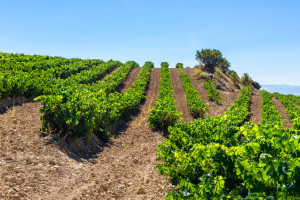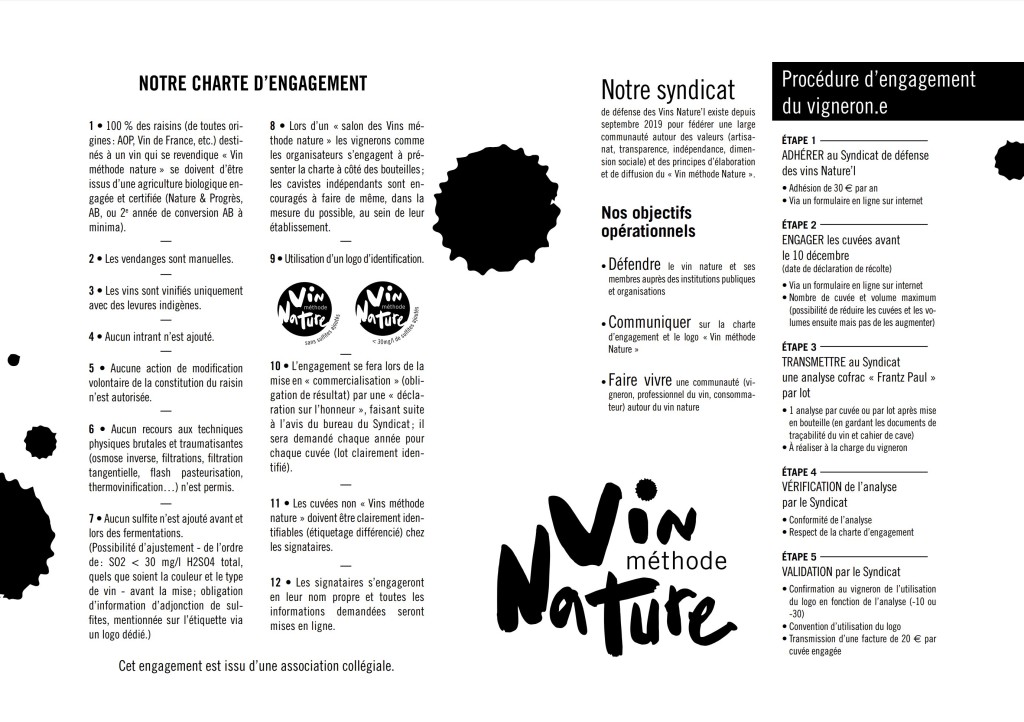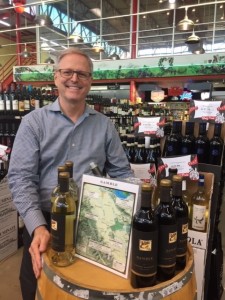As announced this morning (May 8, 2020) on the website of Austrian Wine Marketing Board, Austria’s Wachau region is now officially a Districtus Austriae Controllatus (DAC) wine-producing region.
Along with the prestige of a DAC designation, a slew of new regulations have come into effect as requirements for use of the term Wachau DAC on a wine label. These regulations (and the wines) are divided into three categories—Gebietswein, Ortswein, and Riedenwein, in that order—in reference to an increasingly stricter list of requirements. These regulations are as follows:
- Gebietswein/regional wines—this is the most generic of the designations, and includes wines that may be produced from grapes grown anywhere within the designated Wachau region.
- Allowed grape varieties—white: Grüner Veltliner, Riesling, Weissburgunder, Grauburgunder, Chardonnay, Neuburger, Muskateller, Sauvignon Blanc, Traminer, Frühroter Veltliner, Müller Thurgau, Muskat Ottonel, Roter Veltliner
- Allowed grape varieties—red: , , Blauer Burgunder (Pinot Nor), St. Laurent, Zweigelt
- Allowed wine styles: Single-variety (varietal) wines and blended (Gemischter Satz) wines
- Ortswein/village wines—this designation includes wines that may be grown in any one of 22 designated villages
- Allowed grape varieties—(all white): Grüner Veltliner, Riesling, Weissburgunder, Grauburgunder, Chardonnay, Neuburger, Muskateller, Sauvignon Blanc, Traminer
- Allowed wine styles: Single-variety (varietal) wines only; wines must exhibit little or no influence from oak
- Riedenwein/single-vineyard wines—this is the top-level designation, and may only be produced from grapes grown within any of the 157 precisely designated Rieden (vineyards) in the Wachau.
- Allowed grape varieties—(all white): Grüner Veltliner and Riesling
- Allowed wine styles: Single-variety (varietal) wines only; wines must exhibit little or no influence from oak
- Chaptalization nor enrichment of any kind is not allowed
Approved wines may be designated as “Wachau DAC” as of the 2020 vintage. The new regulations have been approved by the Austria’s Ministry of Agriculture, Regions, and Tourism (and signed into law by federal minister Elisabeth Köstinger). However, the new designation still needs to wind its way through EU approval.
The stylistic designations—Steinfeder, Federspiel and Smaragd—as defined by Vinea Wachau, will remain in use.
References/for more information:
- https://www.austrianwine.com/press-multimedia/news/news-1/article/wachau-now-a-dac-region?fbclid=IwAR245sePTfixZCLNlWeVBILAb9-lmAic5SiBCOcY9ew8L8gT2ltN8f-iH9A
- Wachau DAC Verordnung
- https://www.vinea-wachau.at/
Post authored by Jane A. Nickles…your blog administrator: jnickles@societyofwineeducators.org

















